Snowboarding is an exhilarating winter sport that combines elements of surfing, skateboarding, and skiing. It's a fun way to enjoy the snow, but for beginners, it can be a bit daunting.
If you're looking to hit the slopes with a snowboard under your feet, this comprehensive guide will walk you through everything you need to know.
Key Takeaways:
- Understand the basics of snowboard stance and how to strap in your feet correctly.
- Learn the fundamental movements such as turning, stopping, and using the ski lift.
- Get tips on choosing the right gear and avoiding common mistakes for a safe and enjoyable experience.
Choosing the Right Gear
Before you can start carving up the slopes, you need the right gear. Most snowboards are designed with specific riding styles in mind, such as freestyle boards for park riding and all-mountain boards for general use.
Alpine boards are also available for those who prefer speed and a more aggressive ride. Your choice should reflect your personal preference and the type of riding you plan to do.
When it comes to snowboard gear, don't forget about the essentials like snow pants, a good jacket, gloves, and a helmet.
Safety is extremely important, and wearing the right gear can help prevent injuries from happening. Make sure your boots fit well and provide the support you need, and always wear a helmet to protect your head.
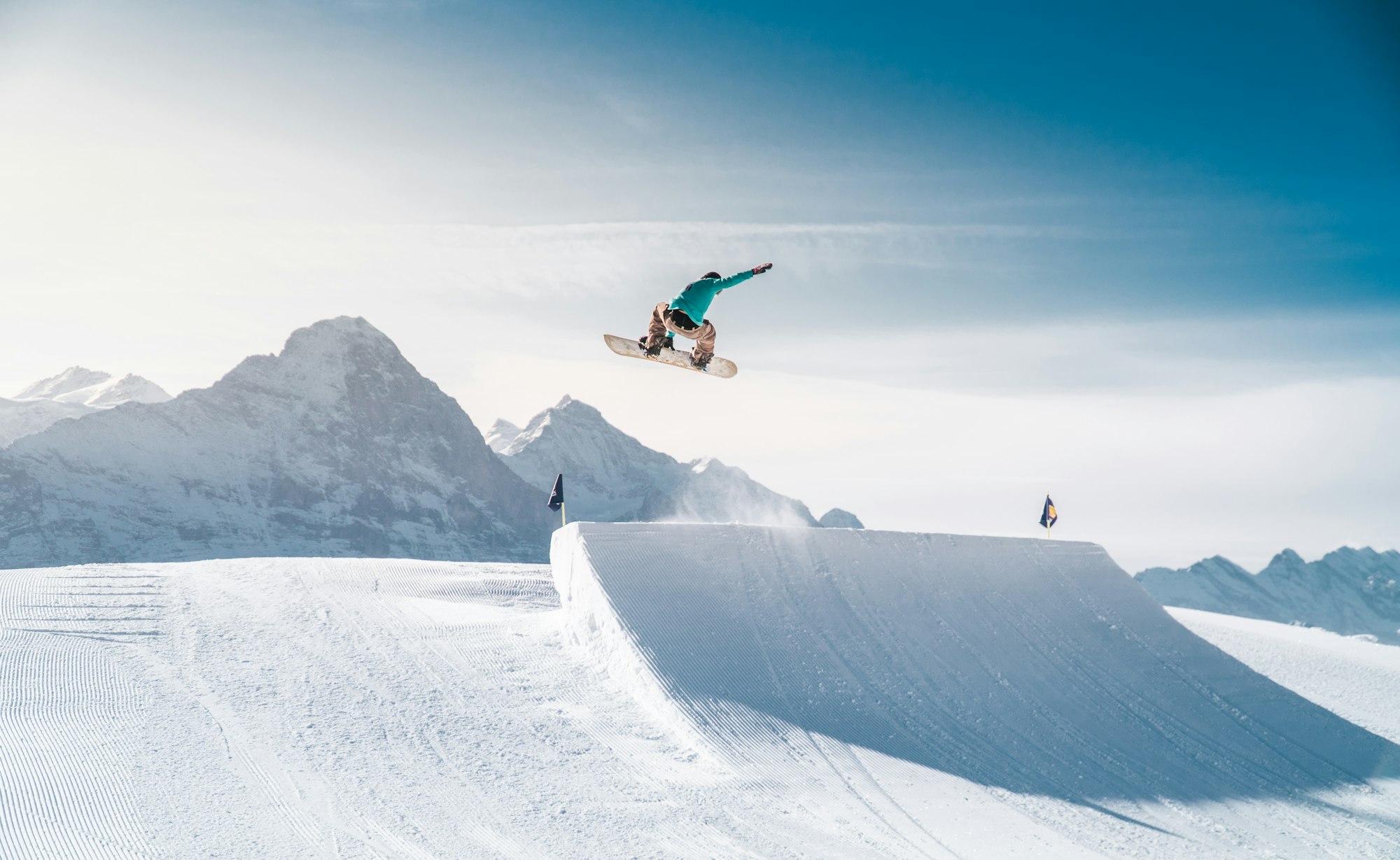
Setting Up Your Snowboard Stance
Your snowboard stance is crucial for maintaining balance and control. The front foot should be strapped in at an angle pointing towards the nose of the board, while the rear foot is typically at a lesser angle or parallel to the board.
This setup allows for a comfortable stance that aligns with your natural foot positioning. The stance width should be roughly the width of your shoulders, with your weight evenly distributed.
The angle of your bindings, known as the stance angle, can be adjusted to suit your riding style.
A common setup for beginner snowboarders is to have the front binding angled forward and the back foot at a zero or slightly negative angle. This helps with learning how to shift your weight and turn the board.
Getting On Your Feet
Once your snowboard stance is set up, it's time to stand up. Place your front foot in the front binding and use your rear foot to push yourself up.
Keep your knees bent and your upper body relaxed. It's important to find your balance point, which is typically centered between both your toe and heelside edges.
With one foot strapped in and the other foot free, use the stomp pad if your board has one, or just the snowboard's surface to gain traction.
This will help you push yourself along the flat ground or in the lift line before you get the hang of riding with both feet strapped in.

Taking Your First Slide
Now for the fun part! With your front foot strapped in and your rear foot pushing, glide on the flat terrain to get a feel for the board. Keep your knees bent and your upper body facing the direction you want to go.
This is a safe environment to practice balancing and controlling the board with just one foot strapped in.
Once you're comfortable, strap in your back foot and practice sliding down a gentle slope, like a bunny hill.
Keep your weight centered and use your rear foot to steer slightly. This is your first step towards making turns and controlling your speed on the slopes.
Mastering the Basic Movements
To turn your snowboard, you'll need to learn how to shift your weight and change your edge angle.
To initiate a toeside turn, lean forward and press down with both your toe edges. For a heelside turn, do the opposite by leaning back and pressing down with your heels. Keep your knees bent throughout the turn to maintain balance.
Stopping is just as important as turning. To stop, simply shift your weight to your uphill edge, whether it's your toeside or heelside, and allow the board to skid to a halt.
Practice this on a gentle slope until you feel confident in your ability to stop when needed.
Riding the Chairlift Safely
One of the most intimidating aspects for beginners is using the ski lift. To ride a chairlift safely, approach the lift line with your front foot strapped in and your back foot free. Glide forward when it's your turn and look over your shoulder for the approaching chair.
As the chairlift comes up behind you, sit down gently and rest your free back foot on the stomp pad or between the bindings.
Keep your snowboard straight to avoid catching an edge. When you reach the top, stand up with your weight on your front foot and glide away from the chairlift.
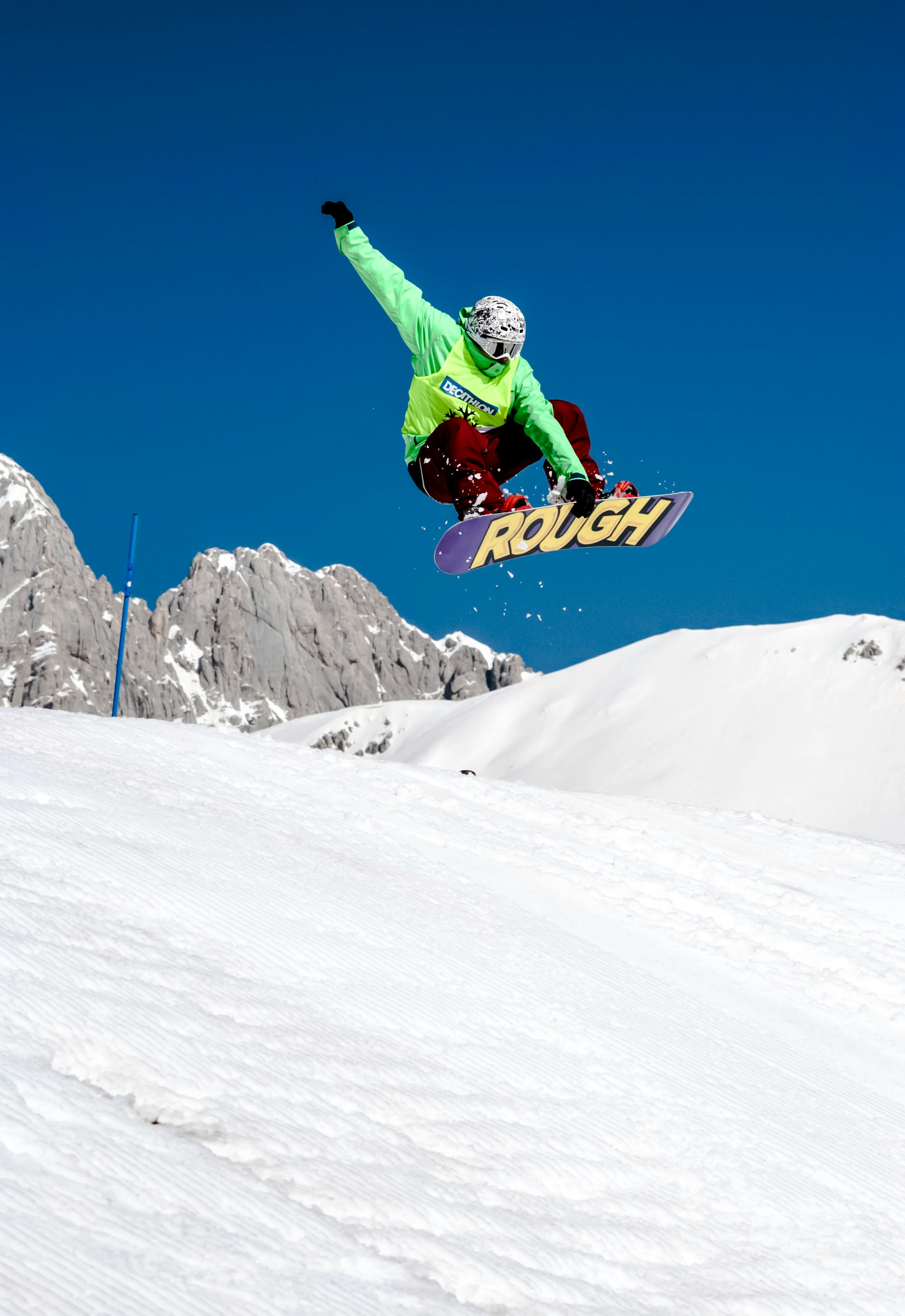
Turning and Carving
Turning on a snowboard involves shifting your weight from one edge to another. Start with J turns, where you slide down the hill on one edge and gently curve to a stop. Practice this on both your toeside and heelside edges.
Once you're comfortable with J turns, you can progress to linking turns. Start on your toeside edge, shift your weight to flatten the board, and then quickly transition to your heelside edge.
This back-and-forth motion is the foundation of snowboarding turns and carving.
Embracing the Fall Line: Your Pathway to Smooth Sailing( making best use of your rear foot, front foot, or back foot)
When you're starting, the concept of the fall line might seem a bit elusive, but it's a game-changer once you get the hang of it. The fall line is essentially the most direct route down the slope, and understanding it is key to controlling your descent.
With your left foot or right foot strapped in, depending on your lead foot, you'll want to align your snowboard with the fall line to initiate movement. This alignment helps you manage your speed and makes turning a whole lot smoother.
Now, let's talk about those turns. When you're ready to change direction, you'll pivot around the fall line.
This means if you're in a regular stance (left foot forward), you'll be pressing down on your toes to turn toe-side or leaning back on your heels to go heel-side. Keeping your knees bent will give you the flexibility to maneuver easily.
Remember, the fall line isn't your enemy; it's your dance partner on the mountain, guiding you through each rhythmical turn.

Lift Ticket to Adventure: Maximizing Your Mountain Time
Purchasing a lift ticket is like unlocking the door to a winter wonderland at a ski resorts. But before you rush to the lifts, a few tips can help you make the most of your time on the snow.
First off, ensure you have the right board for your size and skill level. A board that's too big or too small can make learning much harder. Also, check that your bindings are secure and that your boots fit snugly to avoid any mishaps on the lift.
Once you're all set, it's time to join the queue for the chairlift. If it's your first time, don't hesitate to let the lift operator know; they're there to help you out.
When it's your turn, glide forward to the marked position, look over your shoulder for the approaching chair, and sit down smoothly as it scoops you up.
Keep your snowboard straight with the lead foot (left or right) pointing forward, and enjoy the ride up. This is your moment to relax, take in the views, and mentally prepare for the runs ahead.
Controlling Your Speed
Controlling your speed is crucial for safe snowboarding. To slow down, make wider turns and reduce your edge angle. If you need to stop quickly, point your snowboard straight uphill to reduce your momentum.
Remember to always stay in control and ride within your ability level. If you find yourself gaining too much speed, don't panic. Focus on making smooth, controlled turns to gradually reduce your speed.

Avoiding Common Mistakes
Beginner snowboarders often make a few common mistakes. Avoid leaning too far back, as this can cause you to lose control.
Keep your knees bent and your weight centered over the board. Also, try not to look at your feet while riding; instead, look in the direction you want to go.
Another mistake is not using the edges of your snowboard effectively. Practice using both your toe and heelside edges to steer and control your speed. This will help you become a more confident and skilled rider.
Taking a Lesson
Taking a lesson from a certified snowboard instructor is extremely important for beginners. The American Association of Snowboarding Instructors (AASI) recommends lessons to ensure you learn proper technique and safety practices.
Instructors can provide personalized feedback and help you progress faster.
Even if you're eager to start on your own, a lesson can make a significant difference in your learning curve. Instructors can also show you how to fall correctly to minimize the risk of injury.
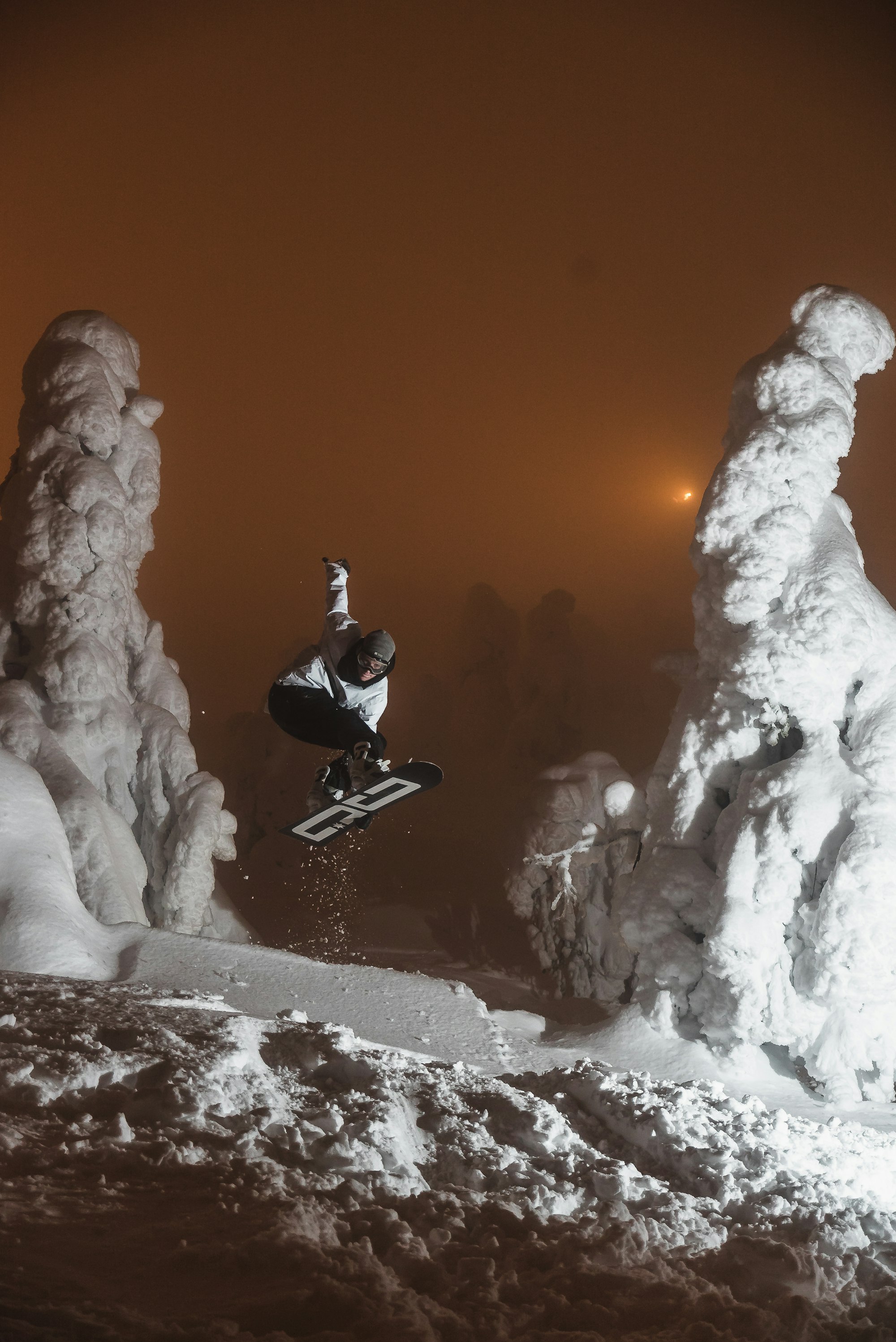
Practicing on the Bunny Hill
The bunny hill is the perfect place for beginners to practice. It's a gentle slope that allows you to focus on mastering the basics without the intimidation of steeper terrain.
Spend your first day on the bunny hill, getting comfortable with your stance, turns, and stops.
As you gain confidence, you can gradually move to longer and steeper slopes. But don't rush it; take the time to build a solid foundation on the bunny hill first.
Progressing to Steeper Slopes
Once you're comfortable on the bunny hill, you can start exploring more challenging terrain. Look for green runs, which are designed for beginners but offer a bit more of a slope than the bunny hill.
These runs will help you practice your turns and speed control on a slightly steeper gradient.
As you progress, you'll learn how to navigate different types of snow and terrain. Each slope offers a new opportunity to improve your skills and confidence.
Preparing for Your First Full Turn
Your first full turn is a milestone in learning how to snowboard. Start by practicing on a gentle slope and focus on making smooth transitions between your toeside and heelside edges. Remember to keep your knees bent and your movements fluid.
Once you feel ready, initiate the turn by shifting your weight and gently pressing down on the edge you want to turn towards.
Look in the direction of the turn and allow your body to follow naturally. With practice, your turns will become more precise and controlled.
Staying Safe on the Slopes
Safety should always be your top priority when snowboarding. Follow the ski resort's rules and be aware of other skiers and snowboarders around you.
Wear the right gear, including a helmet, and know your limits.
If you're ever in doubt or feel uncomfortable with a slope, it's okay to take a step back and practice more on easier terrain.
Snowboarding should be fun, but it's important to stay safe and avoid unnecessary risks.
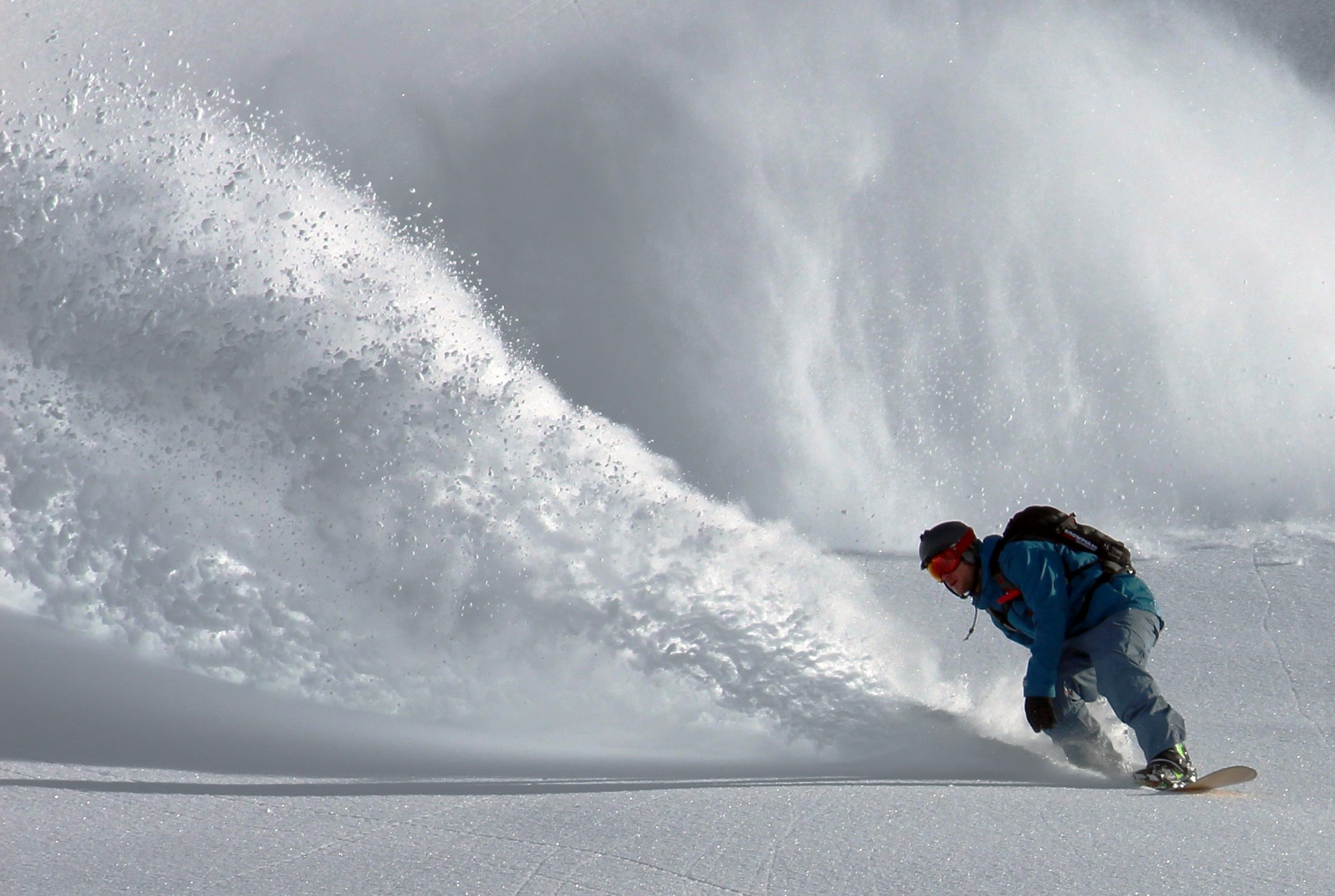
Enjoying the Ride
Snowboarding is all about having fun and enjoying the ride. As you learn and grow as a snowboarder, you'll experience the thrill of gliding down the slopes and the satisfaction of mastering new skills.
Embrace the learning process and don't be too hard on yourself if you fall or make mistakes.
With time and practice, you'll find your rhythm and develop your style. Snowboarding is a journey, and each time you strap in, you're one step closer to becoming the rider you aspire to be.
Some Final Thoughts
Learning how to snowboard involves understanding the right gear, setting up your stance, and mastering basic movements like turning and stopping. Taking a lesson is highly recommended to learn in a safe environment and avoid common mistakes.
Practice on the bunny hill before progressing to steeper slopes, and always prioritize safety. Most importantly, enjoy the ride and have fun on the slopes!
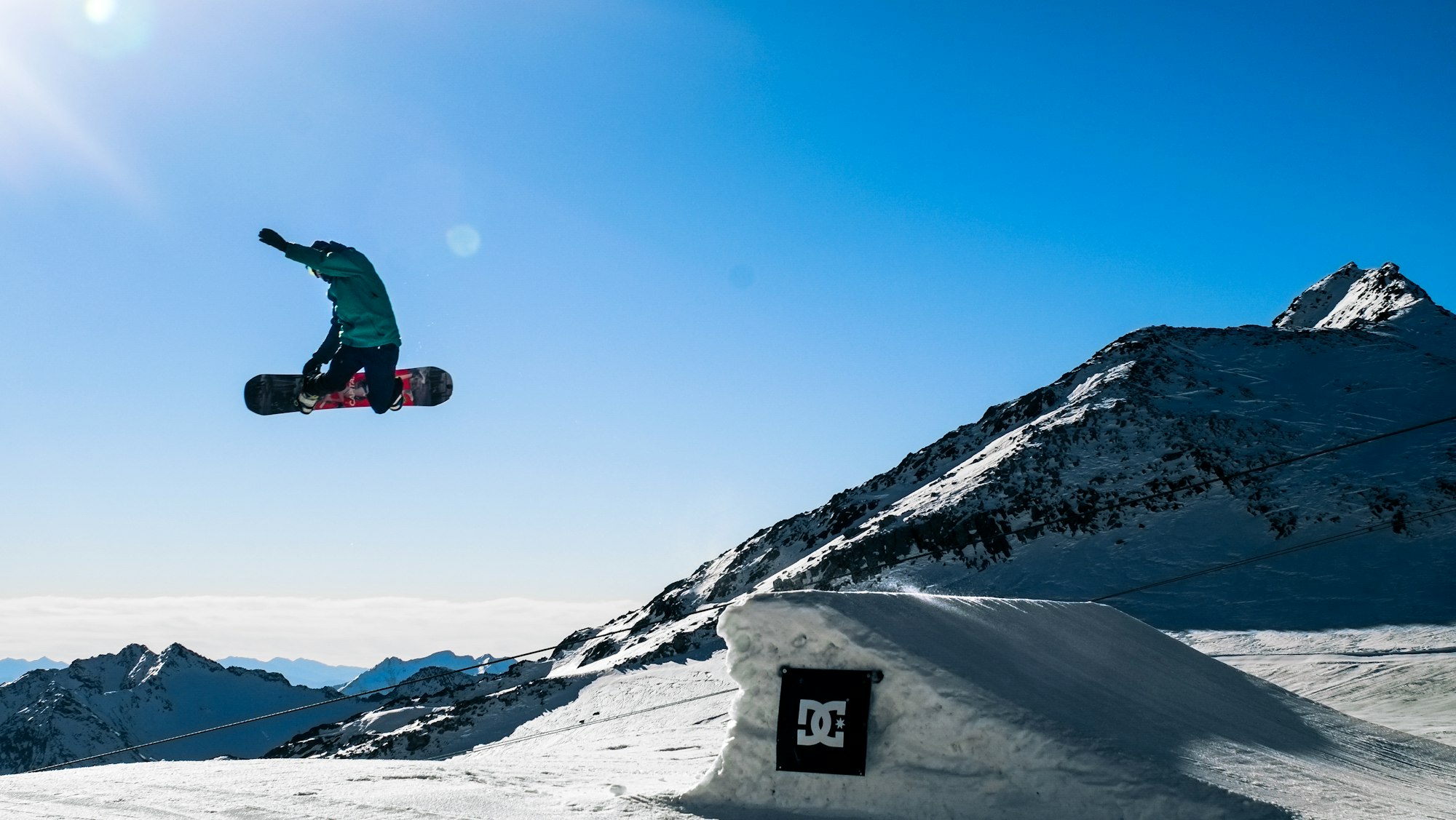
FAQ's
How long does it take to learn how to snowboard?
The learning curve varies for each individual, but with consistent practice and proper instruction, most beginners can start to feel comfortable on a snowboard within a few days to a week.
Is snowboarding harder than skiing?
Whether snowboarding is harder than skiing often depends on personal preference and background. Some find snowboarding's sideways stance and linked turns more challenging at first, while others may struggle with the independent leg movements of skiing.
What should I do if I keep falling while snowboarding?
Falling is a natural part of the learning process. Make sure you're wearing the right protective gear, and try to practice falling safely by keeping your limbs relaxed. Consider taking a lesson to improve your technique and reduce the frequency of falls.
What equipment do I need to start snowboarding?
To start snowboarding, you'll need a snowboard, bindings, snowboard boots, a helmet, and appropriate clothing like waterproof pants and a jacket. It's also recommended to use wrist guards for added safety.
How do I choose the right size snowboard?
The right snowboard size depends on your weight, height, and riding style. Generally, a board should reach between your chin and nose when standing upright. Consult the manufacturer's size chart for specific guidance based on your weight and height.
How can I learn to snowboard if I've never done it before?
Enroll in a snowboarding lesson with a qualified instructor at a ski resort. They will teach you the basics, including how to balance, turn, and stop. Practice on beginner slopes, and gradually progress as you gain confidence.
What are the essential techniques for beginners?
Start by learning how to balance on your board, glide, and make basic turns. Practice the "falling leaf" technique, where you traverse the slope diagonally while making gentle turns. Mastering these fundamental skills will build a solid foundation for more advanced maneuvers.
How do I stop safely while snowboarding?
To stop, shift your weight to your back foot, engage your board's edge into the snow, and gently apply pressure. This will create a sliding stop. Avoid sitting down abruptly, as this can lead to falls and injuries.
What safety precautions should I take while snowboarding?
Always wear a helmet to protect your head. Learn and follow the "Skier's Responsibility Code" which includes guidelines on yielding to other skiers and snowboarders, staying in control, and respecting signs and closures. Additionally, check and adjust your equipment regularly.
How can I progress from a beginner to an intermediate snowboarder?
Once you're comfortable with basic turns and stopping, challenge yourself with more diverse terrain. Practice linking turns on steeper slopes, learn to ride switch (with the opposite foot forward), and experiment with various carving techniques. Consider taking additional lessons to refine your skills and receive personalized feedback.


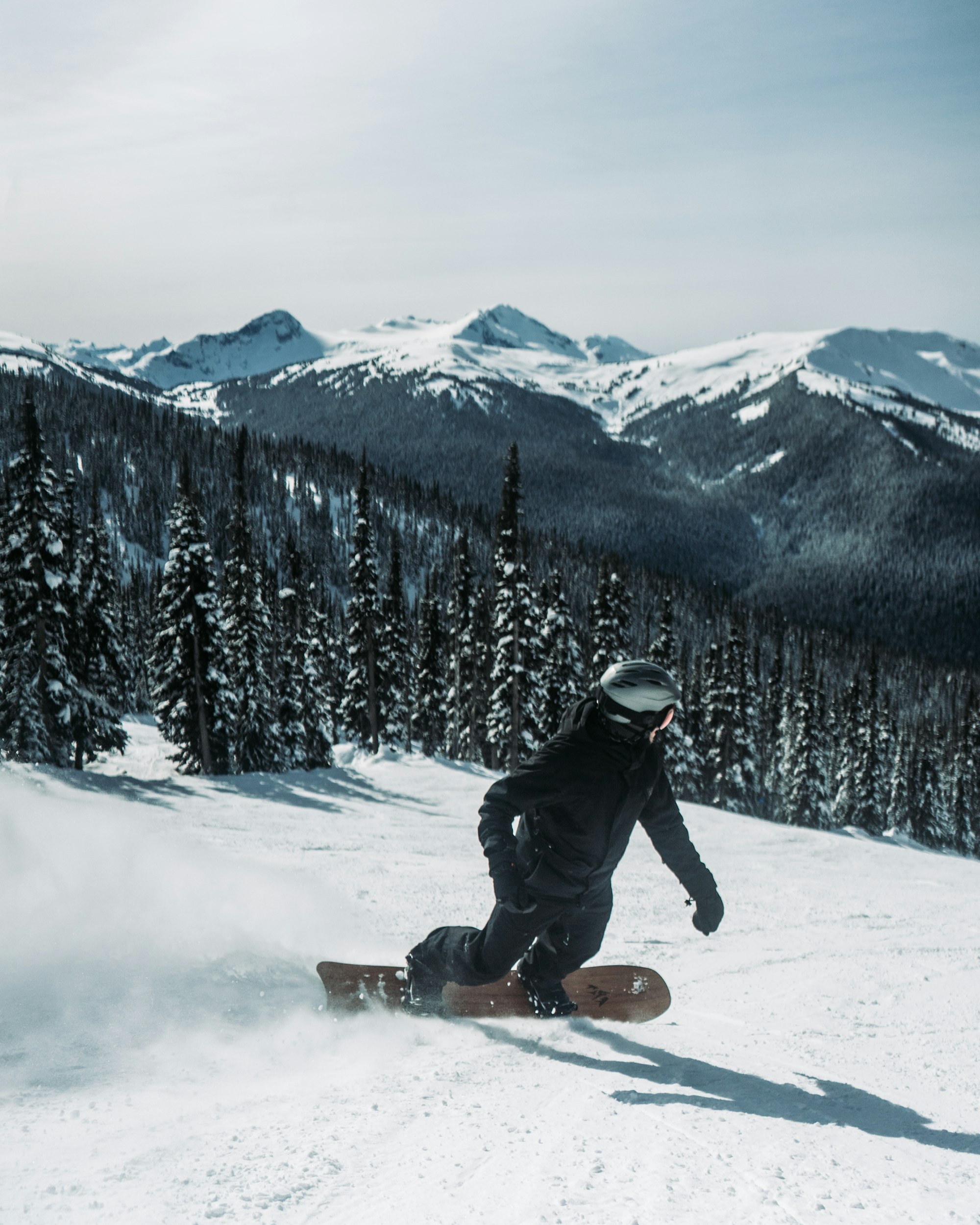




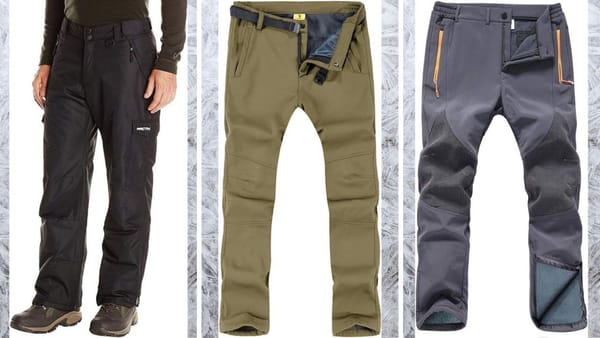




Member discussion